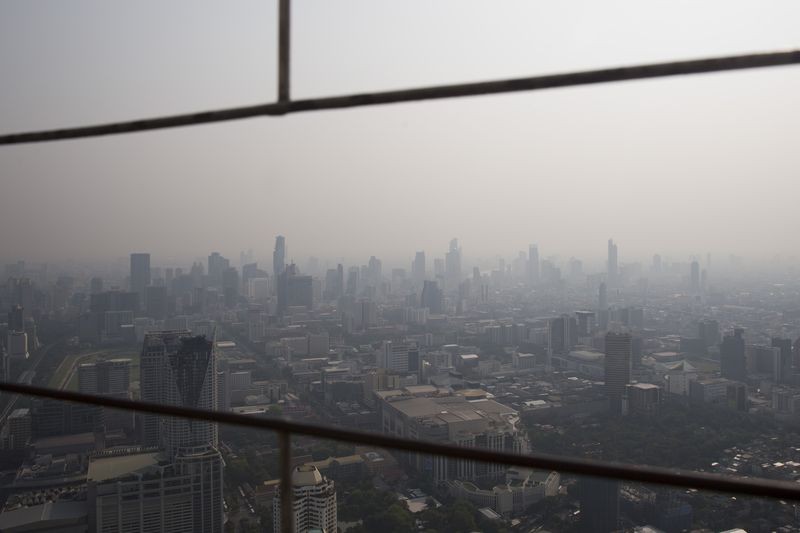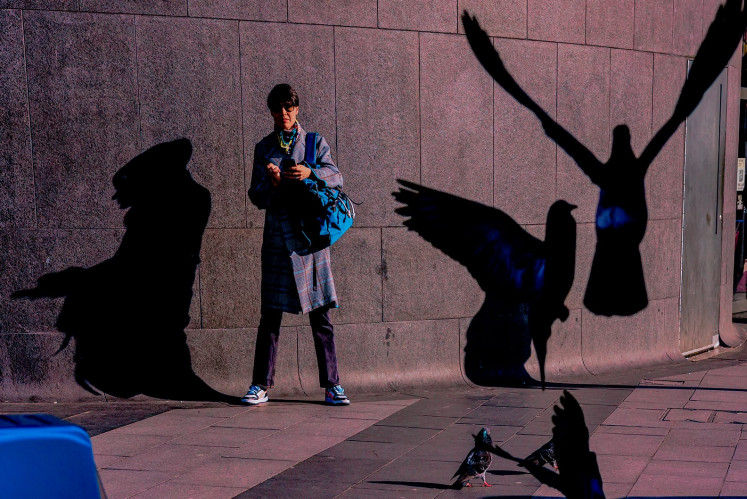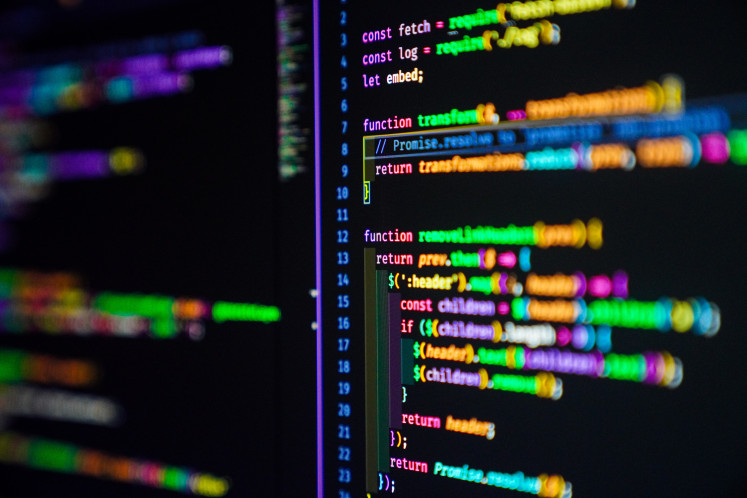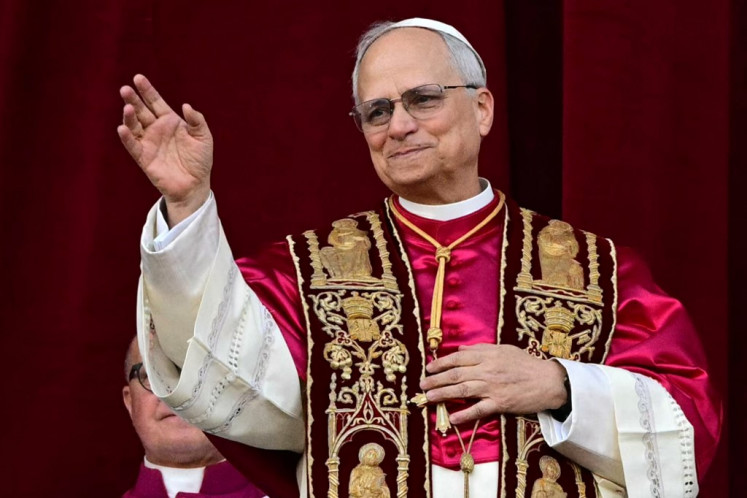There's a new contender for title of Asia's most polluted city
Change text size
Gift Premium Articles
to Anyone
 Buildings stand shrouded in smog in Bangkok on Feb. 15, 2018. (Bloomberg/Brent Lewin)
Buildings stand shrouded in smog in Bangkok on Feb. 15, 2018. (Bloomberg/Brent Lewin)
B
angkok, the metropolis of gastronomic delights, infamous nightlife and swarming tourists, now has another sobriquet: it’s one of Asia’s most polluted cities, at least in the past couple of weeks.
Concentrations of tiny, airborne PM2.5 particles that damage health on some days topped levels in New Delhi and Beijing, the more traditional poster-cities for the perils of smog. The national rainmaking agency flew sorties over Bangkok for the first time ever this week to try and wash away the haze.
The sight of shrouded skyscrapers and pedestrians wearing masks isn’t ideal for a country that relies on tourism for economic growth and whose capital ranks as the world’s most-visited city. The Health Ministry has faulted a mix of vehicular emissions, smoke from the burning of waste and unusual weather patterns, which it predicts will change soon to help ease the problem.
"People shouldn’t panic," Health Minister Piyasakol Sakolsatayadorn said at a briefing in Bangkok on Wednesday. "The government isn’t standing still and is monitoring the situation closely."
Around noon Thursday in Bangkok, an air quality index compiled by technology startup Plume Labs stood at 121, signaling very high particulate matter pollution. That was more than double the reading in Beijing, reflecting in part China’s recent crackdown on emissions.
Read also: Beijing records best air quality in five years in 2017
Even if temporary, visible Bangkok smog is an unwelcome echo of the late 1980s and early 1990s, when haze hung over the city amid an economic boom, sparking curbs on emissions that eventually turned the sky blue again.
In the past few days, some schools reduced outdoor playtime and officials warned people who may be particularly sensitive to pollution to be cautious.
Thailand expects around 37 million tourists in 2018 -- equivalent to more than half its population. A gauge from Mastercard Inc. shows Bangkok received 19.4 million overnight international visitors in 2016, the most for any city.
Thai officials have expressed concern about the smog but see it as temporary and don’t expect an impact on the country’s tourism boom. February is likely to be the first month when Chinese visitors alone exceed 1 million, according to Yuthasak Supasorn, governor of the Tourism Authority of Thailand.
The city’s roughly 10 million residents are waiting for the weather to change to banish the haze. Some, like Japanese expat Erina Inoue, have bought pollution masks resembling those available in Chinese cities.
"Sometimes in the morning," she said, "you can’t see the buildings in the distance."
— With assistance by Adrian Leung









